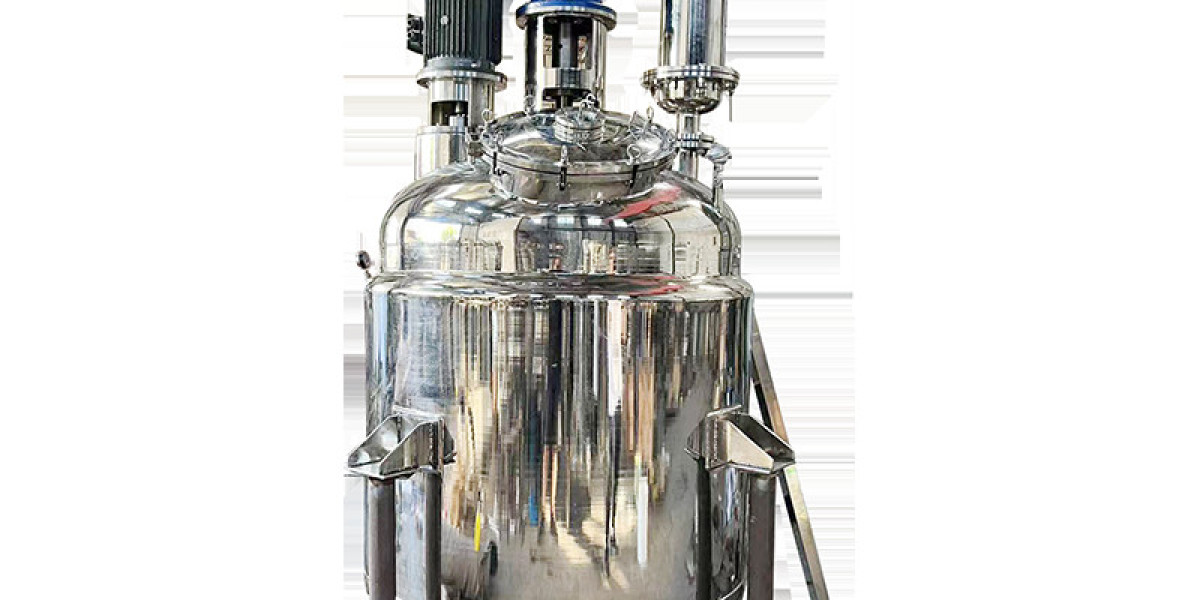Within the intricate landscape of chemical manufacturing and processing, the reaction kettle stands as a fundamental and indispensable piece of equipment. This specialized vessel is engineered to facilitate and contain a wide array of chemical reactions under precisely controlled conditions. From the synthesis of complex pharmaceuticals and polymers to the production of simpler agrochemicals and specialty chemicals, the design and operation of a reaction kettle are critical to achieving desired product yields, purities, and consistent quality. The versatility of a modern reaction kettle allows it to handle diverse processes, including dissolution, mixing, suspension, and crystallization, making it a cornerstone of batch processing operations across numerous industries.
The design of a standard reaction kettle is a sophisticated integration of mechanical engineering and materials science. The core of the system is the vessel itself, typically constructed from materials resistant to corrosion and high pressures, such as stainless steel, glass-lined steel, or specialized alloys like Hastelloy. The choice of material for the reaction kettle is dictated by the chemical nature of the reactants, solvents, and products to prevent contamination and vessel degradation. Agitation is a primary function, achieved through an internally mounted stirrer or impeller driven by an external motor. This mixing element is crucial for ensuring homogeneity of the reaction mixture, efficient heat transfer, and uniform temperature throughout the contents of the reaction kettle. Seals around the agitator shaft are vital to maintain a closed environment, especially when handling volatile or hazardous materials.
Complementing the mechanical agitation is a dedicated system for temperature management. A reaction kettle is often fitted with an external jacket or an internal coil through which a heat transfer fluid is circulated. This allows operators to either heat the contents to initiate a reaction or cool them to control an exothermic process and prevent runaway reactions. Ports are strategically located on the kettle's head for adding ingredients, inserting probes for monitoring temperature and pH, and for a reflux condenser to manage volatile solvents. The entire operation is typically managed by an automated control system that regulates stirring speed, heating, and cooling cycles. The precise engineering of every component, from the vessel's curvature to the impeller's design, ensures that the reaction kettle performs its duties reliably, safely, and efficiently, forming the very heart of countless production processes.








